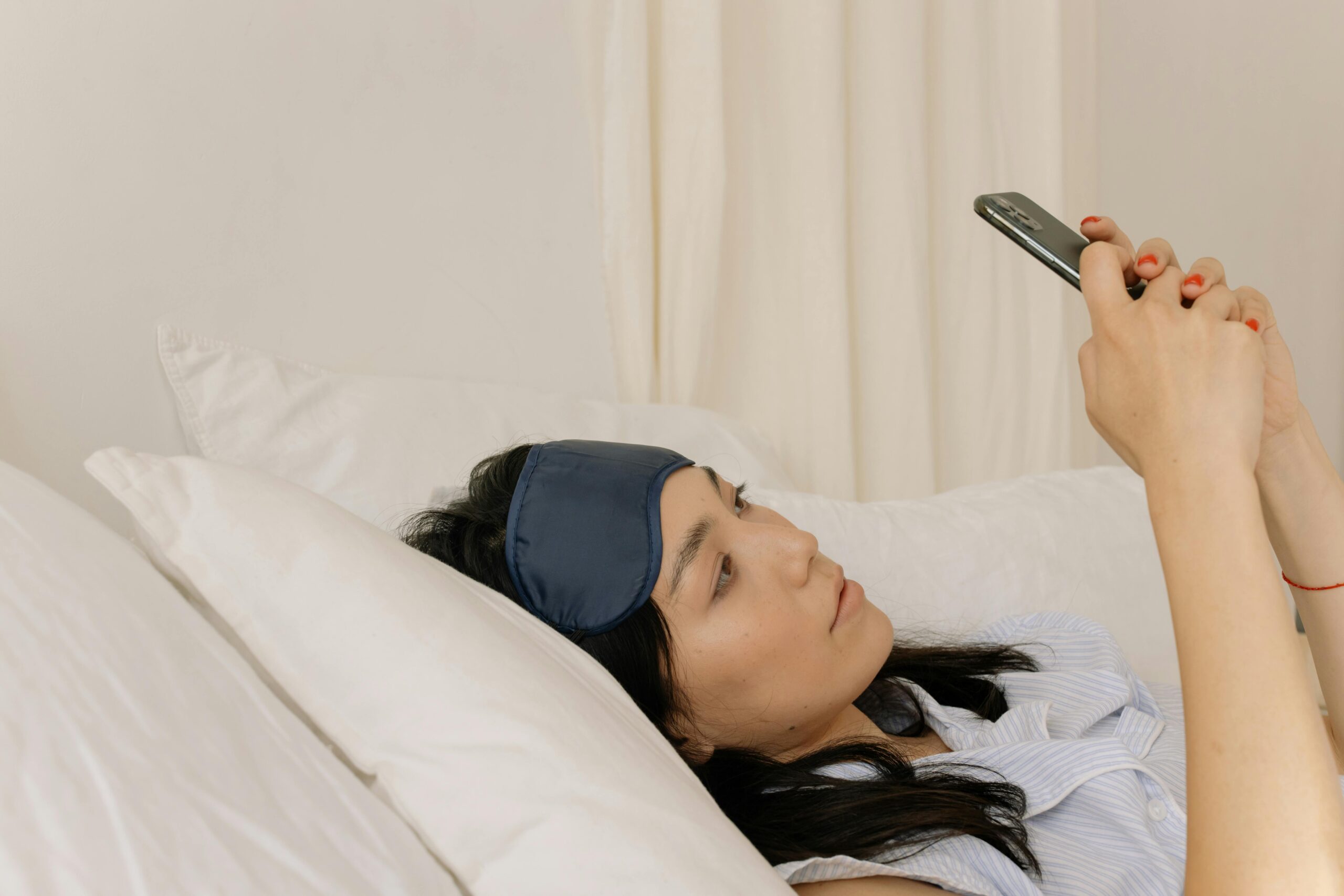In today’s digital age, blue light exposure has become an integral part of daily life. From smartphones and laptops to LED lights and televisions, we’re constantly surrounded by devices that emit blue light. While it’s an essential part of the visible light spectrum, excessive blue light exposure can have adverse effects on eye health. Here, we explore the impact of blue light and practical ways to minimize its effects.
What is Blue Light?
Blue light is a type of high-energy visible (HEV) light with a wavelength between 380 and 500 nanometers. It’s naturally emitted by the sun and plays a role in regulating our sleep-wake cycle, or circadian rhythm. However, artificial sources like screens and LED lighting have significantly increased our exposure to blue light.
Effects of Blue Light on Eye Health
- Digital Eye Strain: Prolonged exposure to screens can cause digital eye strain, characterized by symptoms like dryness, irritation, blurred vision, and headaches.
- Sleep Disruption: Blue light exposure in the evening can suppress melatonin production, making it harder to fall asleep and stay asleep.
- Potential Retinal Damage: Some studies suggest that excessive exposure to blue light over time may contribute to retinal damage and an increased risk of macular degeneration, though more research is needed to confirm this.
How to Lessen Blue Light’s Effects
- Follow the 20-20-20 Rule:Take a 20-second break every 20 minutes to gaze at anything 20 feet away. This helps reduce digital eye strain.
- Use Blue Light Filters: Many devices now offer built-in blue light filters or “night mode” settings that reduce blue light emissions. Screen protectors with blue light filtering properties are also available.
- Wear Blue Light Blocking Glasses: Specialized glasses with blue light blocking lenses can help minimize exposure during extended screen use.
- Optimize Lighting: Reduce overhead fluorescent lighting and opt for warm, ambient lighting in workspaces. Position your screen to minimize glare from windows or bright lights.
- Maintain Proper Screen Distance: Keep your screen at least an arm’s length (about 20-24 inches) away from your eyes and adjust the brightness to a comfortable level.
- Limit Screen Time Before Bed: Avoid using screens at least an hour before bedtime to prevent sleep disruption. Instead, take part in soothing pursuits like meditation or book reading.
- Stay Hydrated and Blink Often: Dry eyes might result from lowering your blink rate when staring at devices. Make a conscious effort to blink frequently and keep your eyes hydrated with artificial tears if needed.
- Get Regular Eye Check-ups: Regular visits to an eye care professional can help detect any issues early and ensure your eyes are healthy.
Conclusion
While blue light is an unavoidable part of modern life, taking proactive steps can help protect your eyes and reduce its adverse effects. By incorporating simple habits like following the 20-20-20 rule, using blue light filters, and limiting screen time before bed, you can safeguard your eye health and enhance overall well-being. Remember, moderation and mindful practices are key to minimizing the impact of blue light in today’s digital world.




